Barefoot, long-haired and roaming around with a guitar is how often outsiders think of an average youngster that decides to embark on a Catfarm Adventure and jump into community life.
Although there is something true about this unshaved imaginary, there are many other aspects of community that don’t need to bring you back to a 70’s rockband cliche.
Today we would like to share with you how we integrate high-tech in our, for many other aspects, low tech farm.
Our goal:
To become more resourceful.
…In a perfect world
We would have different systems working effortlessly together and efficiently as one integrated organism.
Nothing will be thrown away and we would live in a regenerative abundance.
Repetitive work will be something you can choose for but in case you wouldn’t mind, robots would take care of some of the task you find more challenging as taking care of your garden, or helping your life-work balance bringing your children to school with a self driving car.
Rubbish will be de-composed in to it’s raw elements and reused in a new shape.
Unfortunately, the current situation is very different. We have just woken up from an insomnia dream and the word is looking more and more like a bad episode of black mirror.
The cities feel awfully fragile when it comes to self sufficiency. Along with raising house prices, the bubble of people around the Catfarm and other communities search for alternative ways of living. We have seen a huge rise of young entrepreneurs and digital nomads contacting the Catfarm last year.
In contradiction to many off-grid communities we see technology differently, as we love to play with it and see it’s capabilities. A group of people living together aiming to achieve a common vision. At Catfarm we choose a creative and playful approach and the farm is our playground.
So let’s experiment what we can do and make an impact, first on our own community, to then make blueprints where other communities can be helped with.
In the future, we will be making workshops for people who want to start a community themselves. We will cover subjects like living together, wellbeing and holacracy (stay tuned here in case you’d like to sign up)
Now, let’s share something about our endeavours, where we are, what we are currently working on and invite you to join in.
Alexsandroid
“Alexsandroid, turn on the light”
Reply: “Turned on lights, batteries 100%, carrots are ready for harvest.”
Slightly dystopian but also something nearly inevitable that in another 30 years from now, it will be the “new normal”.
We can ask Siri to tell us a joke, and Ecco can play some tunes that we like.
There is actually also privacy aware alternatives to these commercial platforms that require more work to setup, but are more versatile and are built by a worldwide community.
We have chosen for Home Assistant to make our community the home of the future.
All of this data is processed on the Catfarm and does not leave the site.
Nearly all software (and some of the hardware) we use is open-source.
But what is home automation ?
It is a software that monitors and let you control connected devices (light, thermostate, sprinklers etc) from your phone or laptop.
At this moment, we can monitor and/or control some of the following:
- Outside lights on/off (and some of them the colour)
- ADSL bandwidth usage in Jellyfishes instead of kb/s
- Battery status (% or voltage)
- Solar yield (watt generated at this very moment)
- Occupancy ( who comes, when and sleeps where )
- Humidity in the 404 and chicken coop
- & more
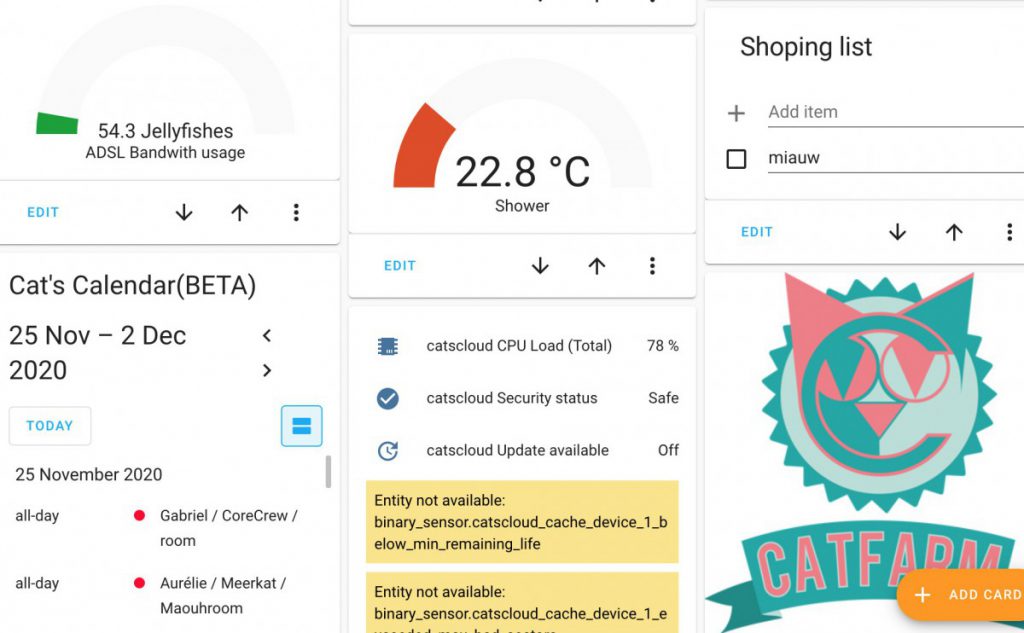
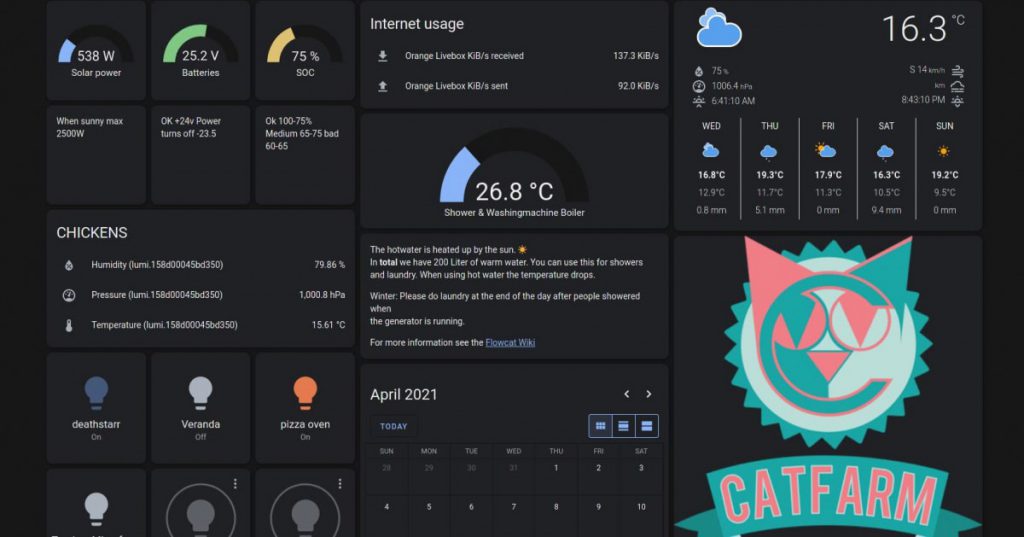
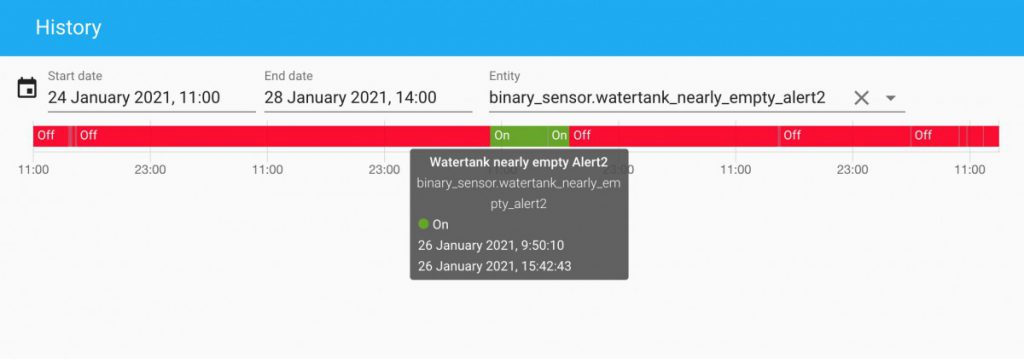
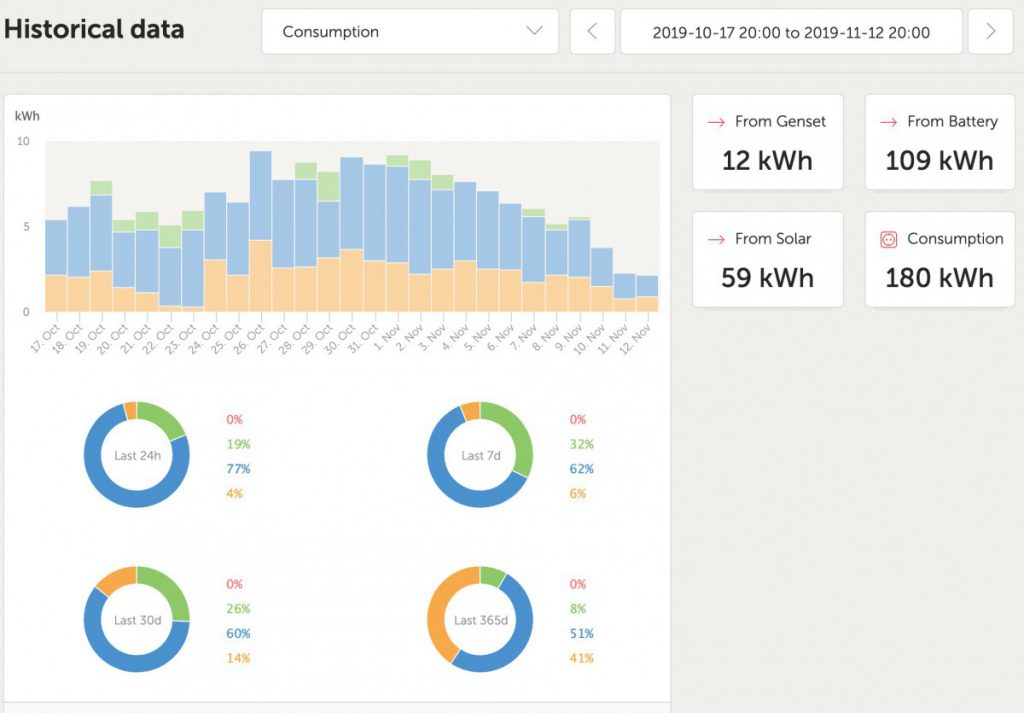
Alexsandroid is the name for Home Assistant running on our server inside a Virtual machine.
We use ESP32’s (microprocessors) and some Arduino’s connected to many sensors.
- Binary (on/off, ) for a switch
- Flow( pulse a sec) for calculating water usage
- Analogue ( temperature sensor for example)
Well, that’s nice, a bunch of data but ,what can you do with that?
I can write an entire article about this but in one word: Automation.
Example:
We can only run the washing machine when
- batteries are above 90%
- OR generator is on OR solar yield is above 1000 watt and expected to be there for at least one more hour.
Usually, we will have to make this decision manually and, if poorly made, we drain our batteries and in the worst case, we have a power-cut.
Sometimes, people realise at the end of the day there was enough power to run the washing machine though, it’s too late, the moment is gone. Meaning, they will have to wait for next day of sun or run the generator to do their laundry.
The solution is an automation that follows all the conditions by looking at the triggers and then executes a command.
In the future we want to expand the functionality to:
- Monitor waste (plastic, organic, and misc. garbage of our consumption) by weighting garbage by kind and generate stats.
- Notifications (battery status, low water, high temperature generator etc)
- Water consumption.
- We have a flow sensor installed in the well that needs to be configured.
- Irrigation connected to soil sensors.
- Light scenes across the garden for the different moods we have.
- Connection to Microfarm to get picture when carrots are ready.
- & a lot more
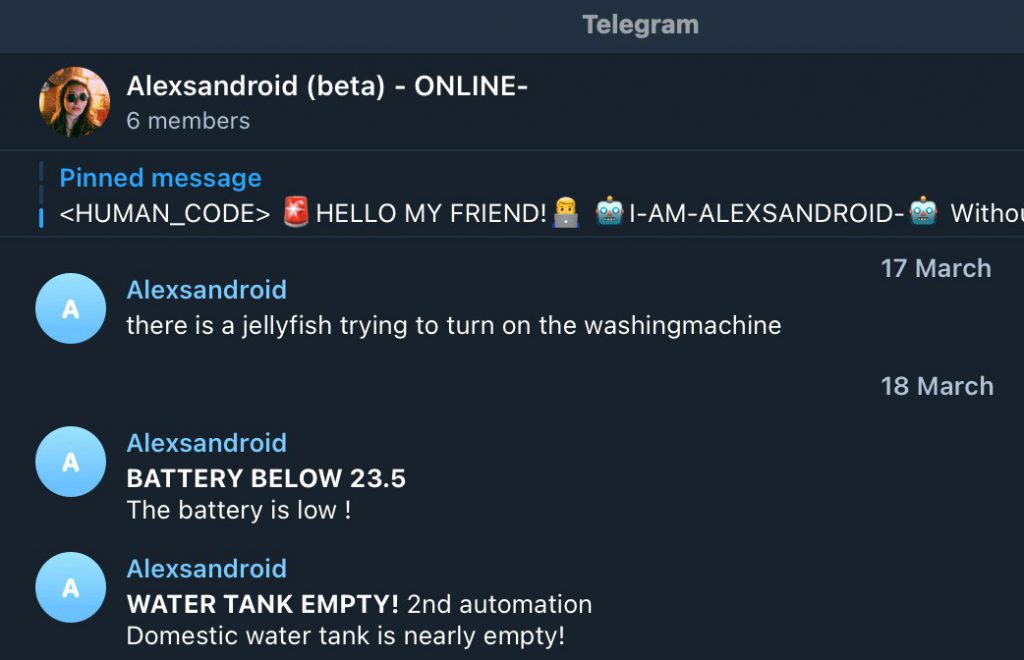
Microfarm
A robot that you can setup at home that takes care of your vegetable garden?
While we cannot say that it’s fully operational yet, we are already conducting tests with it.
The Microfarm is a Chinese replica of the original Farmbot. The hardware and software is open source. The robot is intended to work fully automatically after setup and even though everything is still in development, it is promising what it offers.
When ready, it can:
- Plant seeds
- Water plants individually
- Remove weeds
- Cool time laps of plants
- Change to different garden tools that we can 3D print ourselves
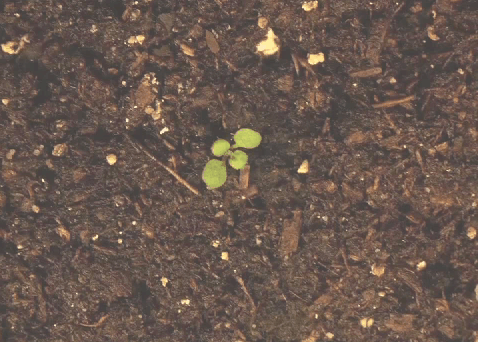
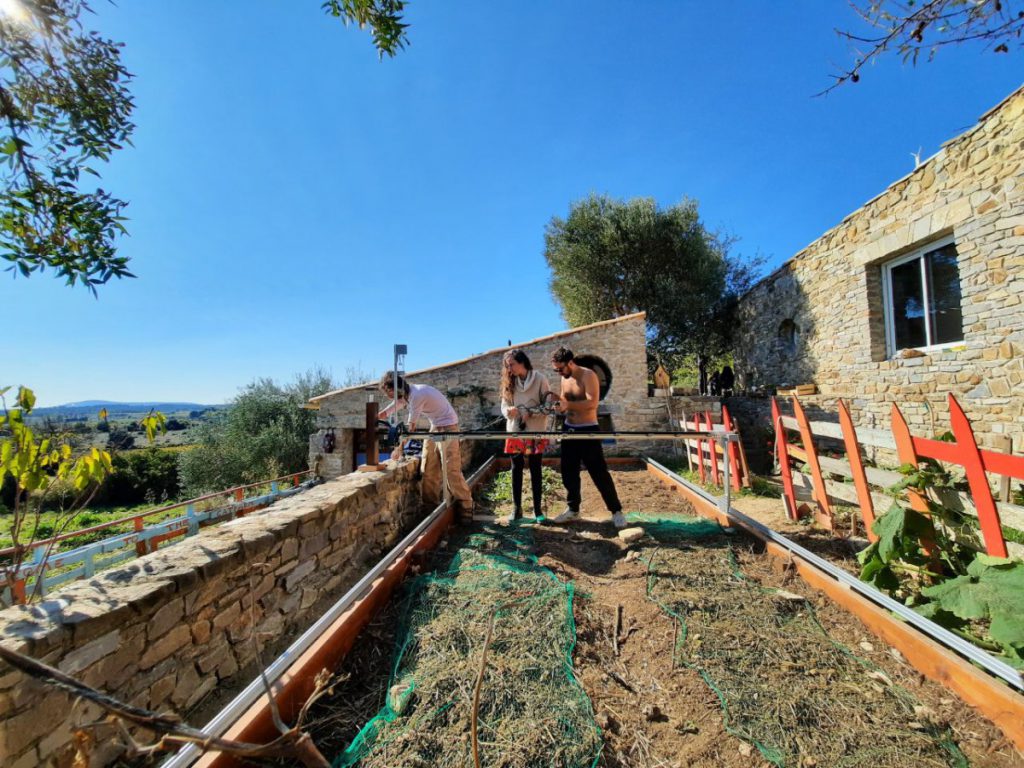
That looks like tomorrow, today right?
Soon, we are going to write a full article about the Microfarm.
Do you have programming skills in Arduino IDE and/or C++ ?
Contact us trough the Hackerfarm page to get involved!
CIA
Top secret project.
The Chicken Intelligence Agency is a digital brain with one purpose.
Avoid the chickens from playing gardeners and harvesting our veggies for themselves.
Using sensor flow (recognition software) we connected a Raspberry Pi (microcomputer) to an HD outdoor webcam that can recognise chickens.
Once a chicken (or something that passes the “chicken treashold”) walks in front of the camera, an action is triggered. Like a light turning on or the sprinkler installation spraying some water.
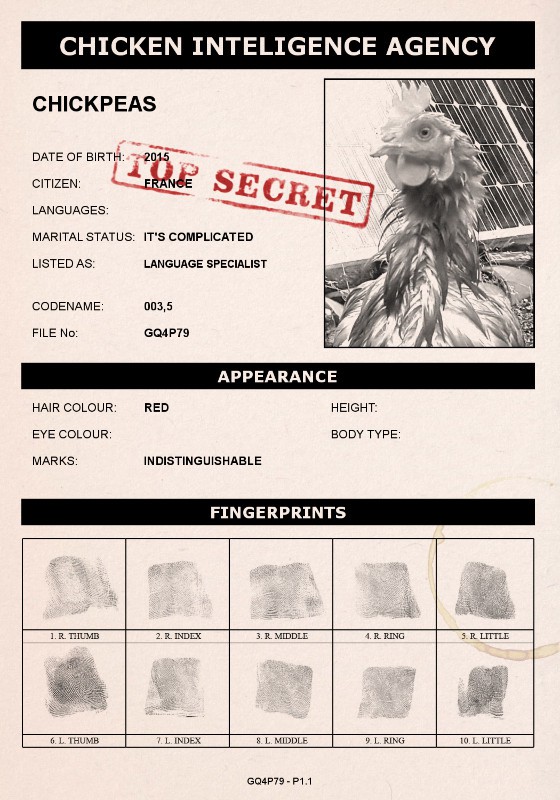
TensorFlow working for who doesn’t know what this is:
This is all I have to share with you this time.
During this year, we will develop more that will be posted on our website. We are always seeking for new geeks to geek with.
Want to sign up and join us?
You can read more about the main project and sign up to Hackerfarm here.
Check out our previous article where we have developed about the emission by person generated when travelling. You can read this back here.
Technology is a Double-Edged Sword.
Dehumanising us and on the other side bringing us closer as ever before.
